~ Two Years Since the “Obligation to Make Efforts” for Helmet Use While Riding a Bicycle Was Implemented ~
Sankei Digital Inc. (President & CEO: Tatsushi Doi, hereafter “Sankei Digital”) collaborated with OGK Kabuto Co., Ltd. (President & CEO: Hironori Kimura, hereafter “OGK Kabuto”), a company engaged in the planning, manufacturing, and sales of motorcycle and bicycle helmets, to conduct a joint nationwide survey with local boards of education regarding instructions and policies for encouraging high school students to wear bicycle helmets. Forty-two prefectures responded. While only about 10% of prefectural education departments have fully mandated helmet use for public high school students commuting by bicycle, there is a trend of promoting helmet usage in cooperation with police and educational institutions.
It has been about two years since the obligation to make efforts for all bicycle users to wear helmets was introduced on April 1, 2023. According to a survey by the National Police Agency in July 2024, the nationwide average helmet-wearing rate among cyclists is now 17.0%. This is a 3.5-point increase compared to the previous year, indicating that awareness of helmet importance and use is rising. However, the overall rate is still below 20%.
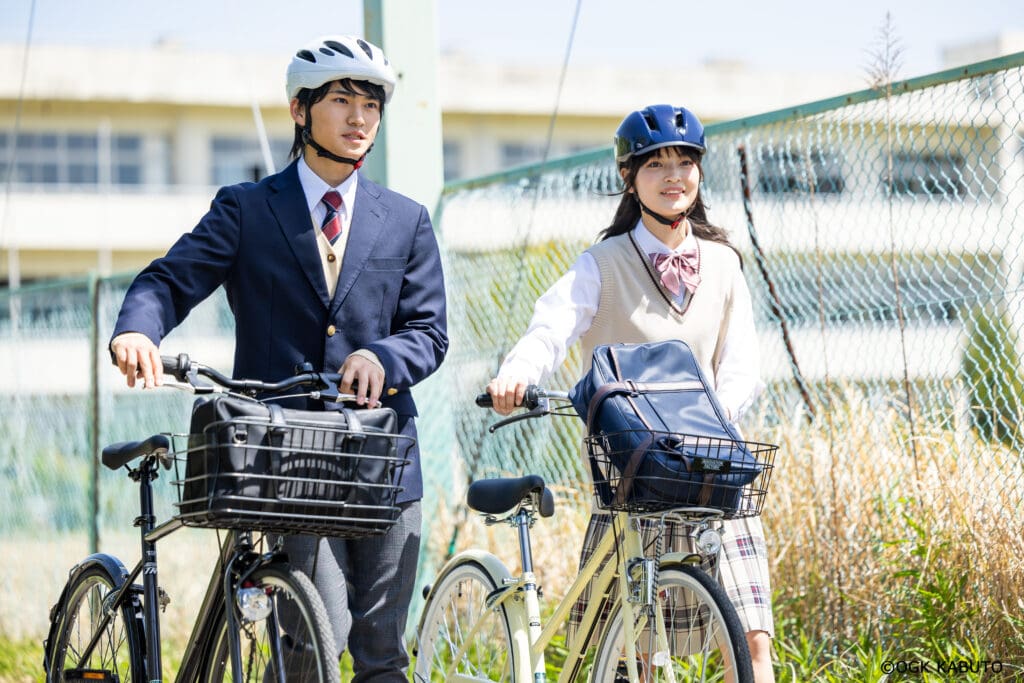
Looking at the past five years, 53.1% (*1) of those who died while riding bicycles suffered fatal head injuries. Among fatalities and serious injuries mainly involving head injuries, the proportion of people not wearing a helmet is about 1.7 times higher than for those who were wearing helmets (*2).
While enforcing and promoting compliance with traffic rules is important for avoiding traffic accidents, wearing a helmet and protecting your head is directly linked to the best safety measures possible.
In 2024, the number of people killed or injured while riding bicycles reached 67,531. “If you look at the number of cycling casualties per 100,000 people in 2024, it is 218.4 among high school-aged youth (ages 15–19). That’s about 4.1 times higher than the population average of 52.7,” says Munenari Furukura, a member of the Bicycle Safe Use Promotion Committee and president of the Japan Shared Bicycle Association, about the real situation of cycling accidents by age group (Figure 1).
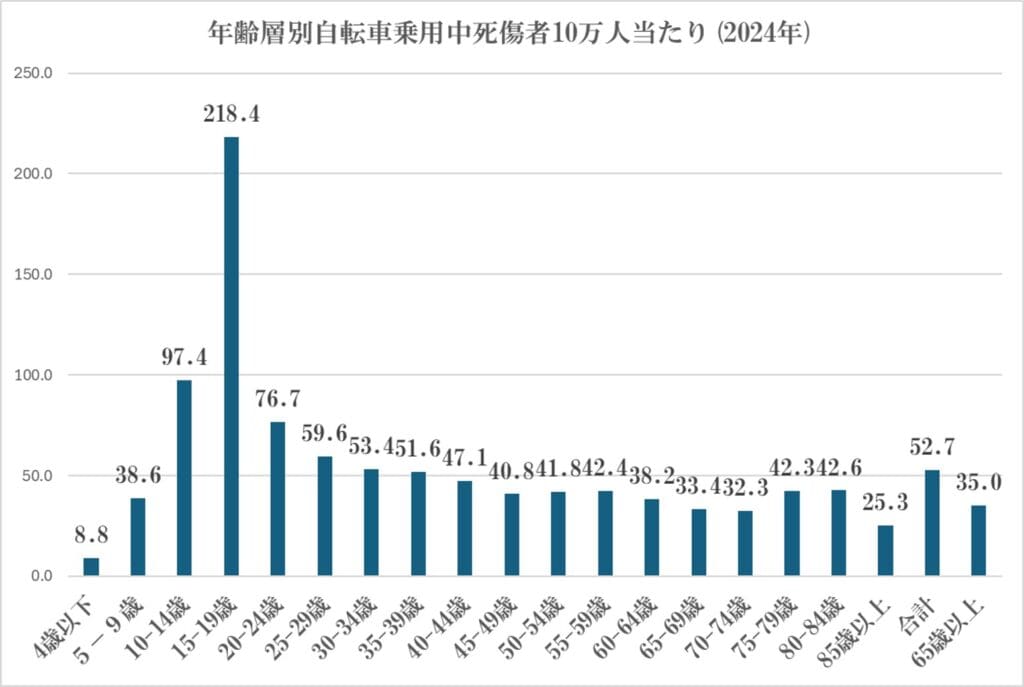
*1,2: Based on National Police Agency data from 2020 to 2024
Furukura explains, “The main reasons for many bicycle accidents among junior and senior high school students are that they often commute to school by bicycle. The high figure for ages 15–19 is related to high schoolers tending to have longer commutes, among other reasons.”
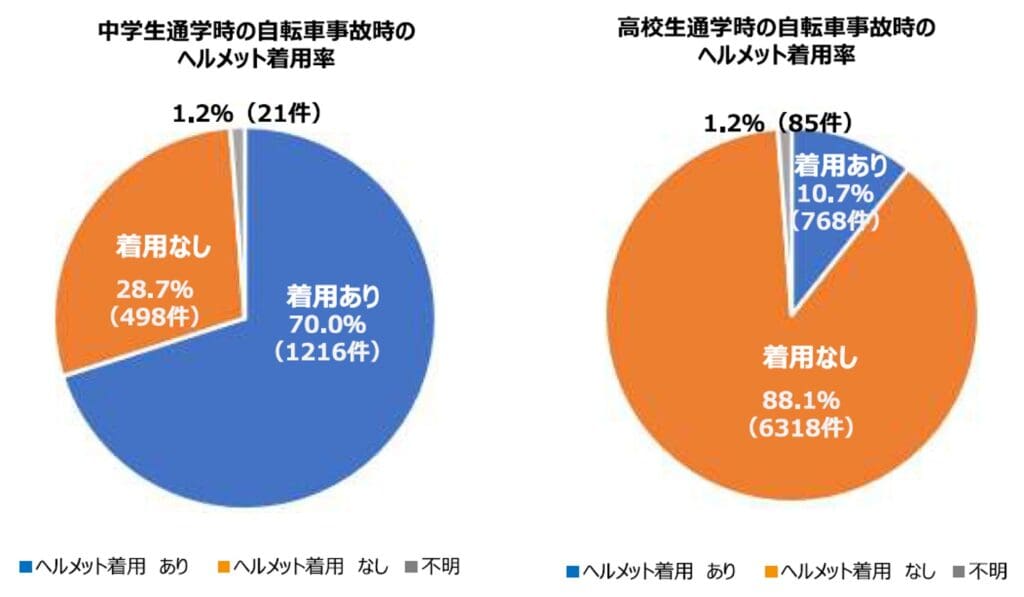

According to the committee, although the number of bicycle accidents among junior and senior high school students during school commutes had decreased until 2019, the numbers are now on an overall increasing trend. Furukura further points out, “The nationwide helmet use rate among junior high school students is 70.1%, but among high school students it’s as low as 10.7%” (Figure 2).
In response to these findings, a joint survey was conducted with boards of education across prefectures regarding the methods and guidance for promoting helmet use among high school students (42 prefectures responded).
First, the boards of education that answered they had clearly “mandated” helmet use for public high school students during bicycle commuting were the boards of education of Tottori, Yamaguchi, Ehime, Kochi, Fukuoka, and Oita prefectures.
Ehime Prefecture, which in a recent National Police Agency survey had Japan’s highest helmet-wearing rate (69.3%), has required schools to mandate helmet use in school rules since July 2015. Oita Prefecture, ranked second with a 48.3% usage rate, decided in April 2021 to make helmet use mandatory for bicycle commuters at prefectural high schools and special needs schools, requesting schools take the initiative. These two prefectures were early adopters of helmet use among high schoolers.
As a safety measure, Tottori Prefecture has required helmet use (and liability insurance enrollment) for prefectural high school students who commute by bicycle since 2023. Starting April 2024, Yamaguchi Prefecture has required all students at prefectural schools to wear helmets when using bicycles while under school management (*3). The prefecture has notified schools to add this to school rules and is holding training sessions and lectures by outside experts to promote helmet use.
(*3) This includes regular commutes as well as extracurricular activities (club or school events).
In Tokyo, where about 55,000 students—approximately 45% of all Tokyo Metropolitan high school students—commute by bicycle, helmet use is not strictly mandated, but from April 2024, the Tokyo Metropolitan Government instructed schools to make helmet use a requirement for bicycle commuters. Kochi Prefecture, meanwhile, has mandated helmet ownership for all new high school students starting in 2025.
Mr. Takaki Nagakawa from the Fukuoka Prefectural Board of Education, which has made it mandatory for all prefectural schools to wear bicycle helmets when commuting by bicycle from April of this year, explained the background behind this decision: “About 39,000 students, or 60% of all prefectural high school students, commute to school by bicycle, and among the 118 bicycle-related accidents that occurred between July and September of Reiwa 6 (2024), 58 cases (49.2%) happened during commuting hours.” Currently, each school requires helmets as a condition for permission to commute by bicycle, as part of school regulations, etc.
Close cooperation with the Fukuoka Prefectural Police is also essential. Satoshi Deguchi, Chief Administrator of the Traffic Planning Division at the Fukuoka Prefectural Police Headquarters, introduced some promotion activities, saying, “Police executives attend meetings with principals from each school, creating opportunities to encourage students who commute by bicycle to wear helmets. In fiscal year 2023, the prefectural police designated schools as model schools to promote bicycle helmet use.” In the latter half of 2024, about half (46%) of high school bicycle accidents in the prefecture were perpendicular collisions, and helmet usage at the time of accident was only 11.4%. Also, from June last year to February of this year, a “High School Student Bicycle Helmet Promotion Leaders Grand Prix” was held to encourage high school students to serve as role models for helmet use. High school students themselves have worked to promote correct helmet use and highlight its benefits.
On the other hand, 37 prefectural level Boards of Education responded that they have not made helmet use mandatory. Although this is in accordance with the “obligation to make efforts” required by law, there were many reports of active promotional efforts for helmet use. As seen in Figure 3, 36 prefectures stated that, while it is not mandatory, “activities to promote helmet use are being conducted,” with main activities including “implementation of traffic safety education in cooperation with the police,” “requesting schools to add a statement in bicycle commuting rules that helmets should be worn,” and “distribution of leaflets.” Some boards of education are making more concrete efforts, such as “designating model schools with the police to provide both road safety and helmet guidance for safe commuting routes.”
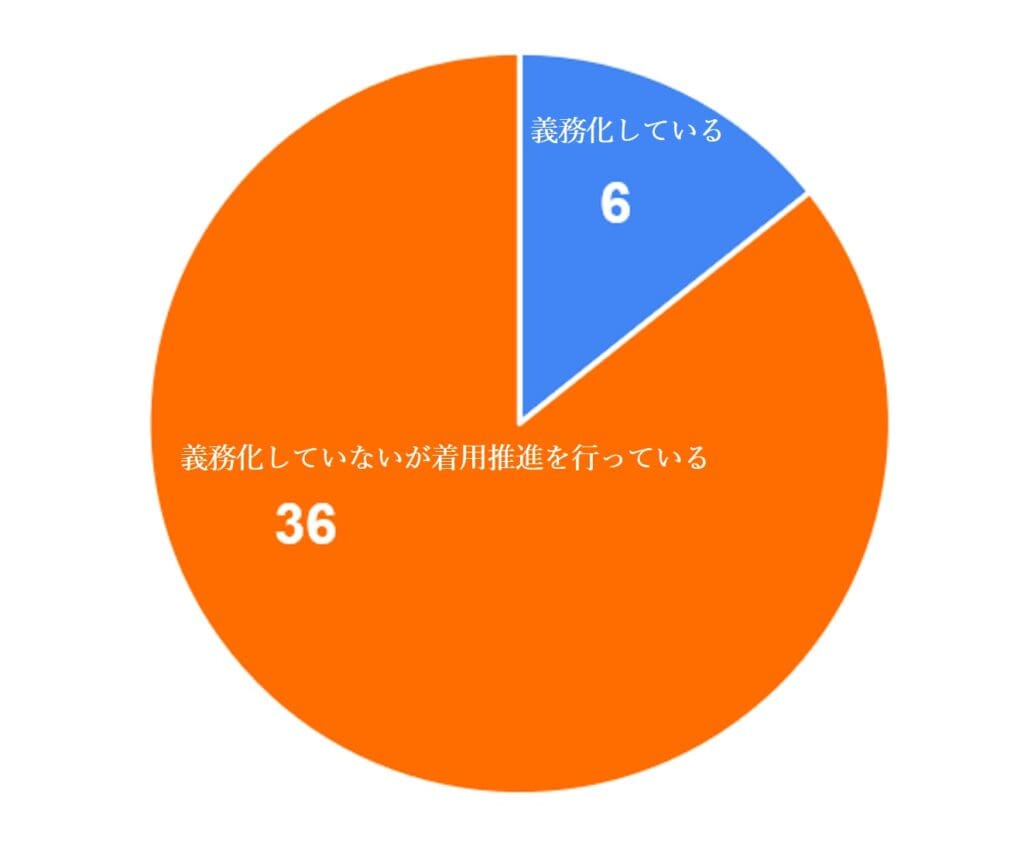
On the other hand, some also pointed out challenges such as, “We cannot make it mandatory because it would increase the burden of guidance,” and “We are promoting its use, but have not made it mandatory due to costs and other burdens.”
Fifteen prefectures conduct independent surveys to understand the helmet-wearing rate among high school students (see Figure 4). Since the National Police Agency also surveys and publishes prefecture-specific helmet usage statistics, many boards of education reported that they do not conduct such surveys themselves. When asked whether they know the total number of students who commute by bicycle, 30 boards responded “Yes” (see Figure 5).
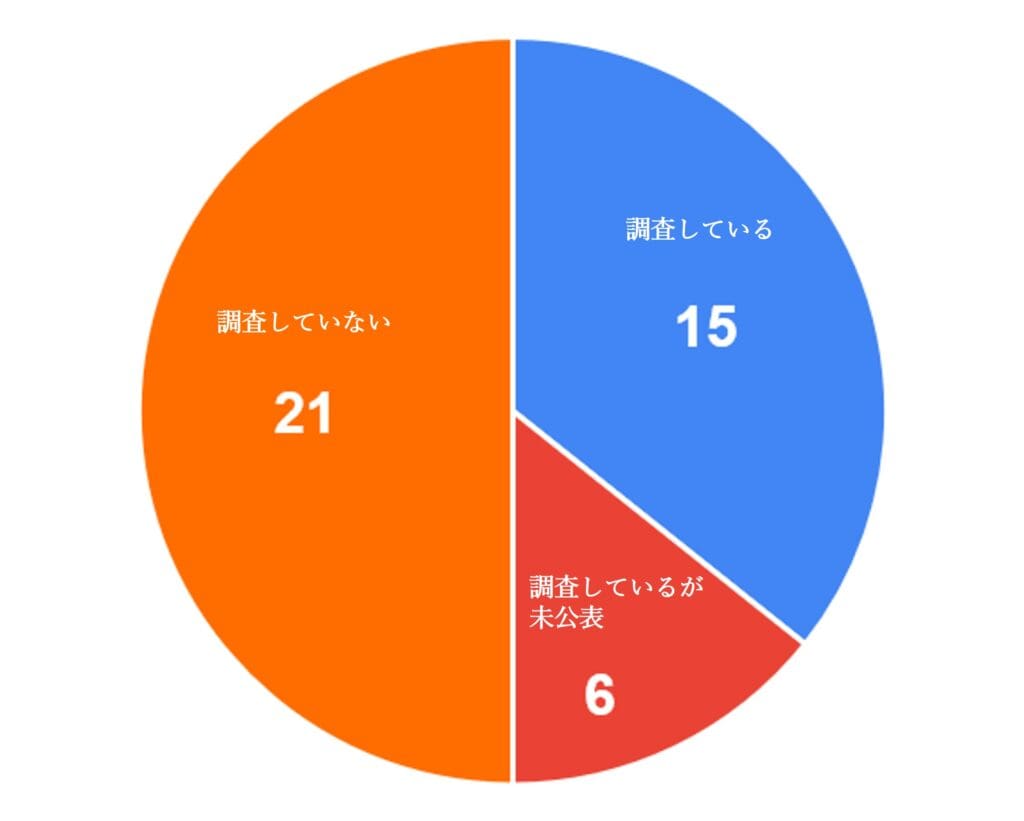
According to the “Traffic Personal Injury Accident Occurrence Status” announced in February 2025, “82.3% of high school students’ traffic accidents occurred while riding a bicycle.” The most common times for accidents were between 6–10 a.m. and 4–8 p.m., which coincide with school commuting hours. It is expected that instilling cycling safety rules and promoting helmet use among high school students will help further increase wearing rates and prevent accidents.
May 5th is “Bicycle Day,” and the month of May from “Bicycle Helmet Day” on May 1st to May 31st is “Bicycle Month.” During this period, educational campaigns are conducted nationwide to promote the use of certified helmets (such as those with the SG mark), proper helmet use, improved traffic safety, and the dissemination of correct information about bicycles.
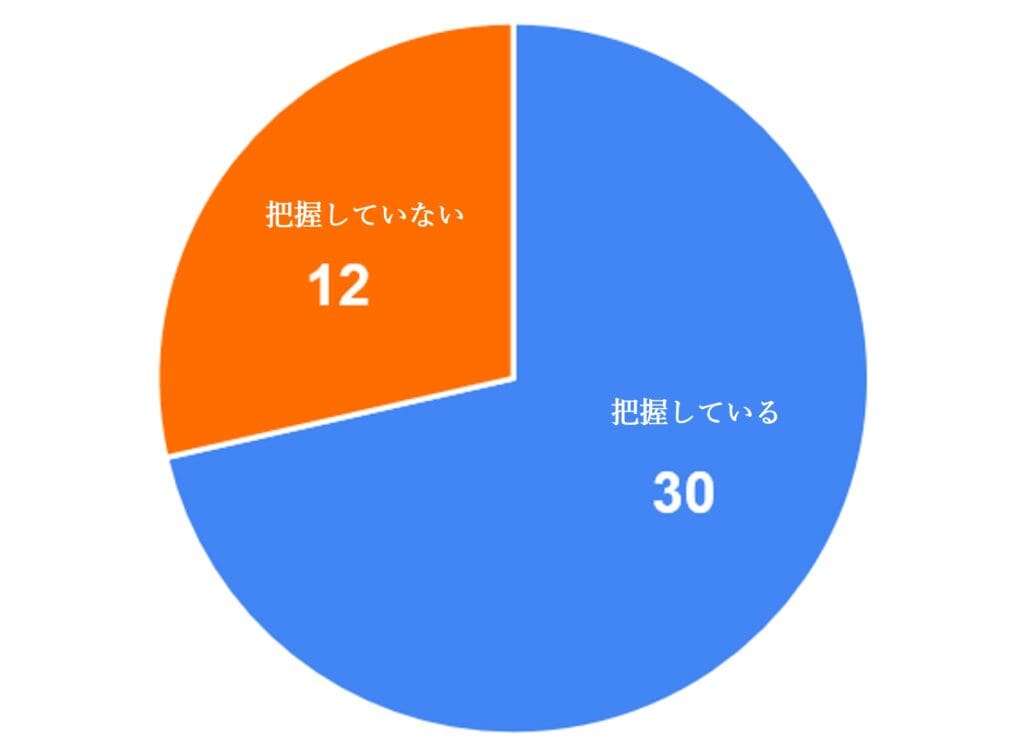
Sankei Digital and OGK Kabuto will continue to make use of these survey results, carrying out awareness and education efforts through events and promotional initiatives.
Sankei Digital Inc.
(URL: https://www.sankei-digital.co.jp/)
Established in November 2005. Operates news and lifestyle media websites and Sankei Net Shop. Also supports client advertising placements, e-sports business promotion, event management, and more.
OGK Kabuto Co., Ltd.
(URL: https://www.ogkkabuto.co.jp/ )
Established in 1982, the company manufactures and sells motorcycle and bicycle helmets. In order to protect everyone’s “security” and “safety,” the company promotes helmet use and safety awareness from children to adults, focusing on domestically certified helmets (SG, JCF marks). It was awarded the “2023 Product Safety Award for Excellent Companies” by the Ministry of Economy, Trade and Industry.
